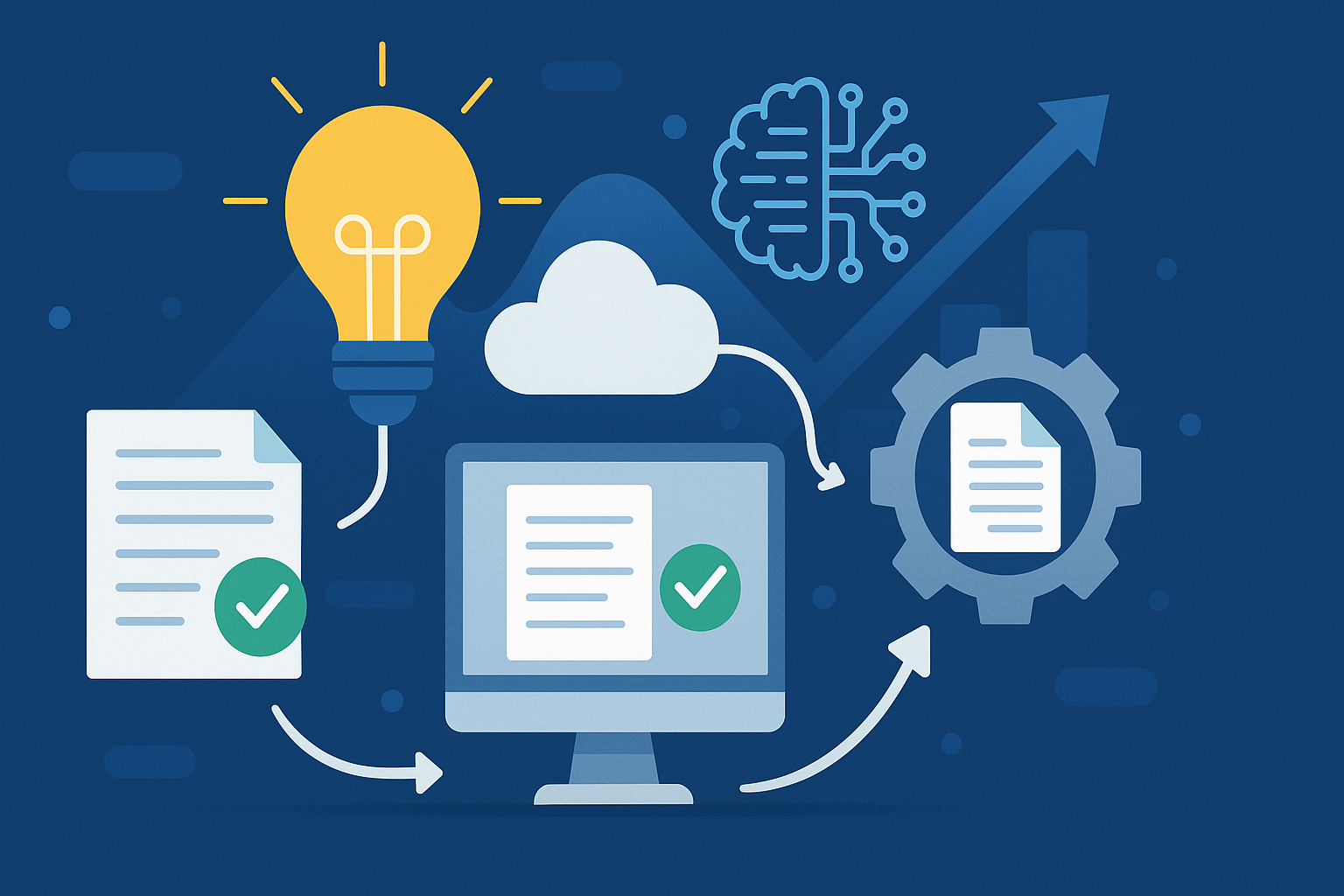The Power of Editable Documents: Beyond Static PDFs

The Power of Editable Documents: Beyond Static PDFs
In today's fast-paced business environment, the efficient management of information is paramount. Organizations frequently rely on documents to convey critical data, establish agreements, and streamline operations. However, a common challenge arises when these essential documents are locked into rigid, unalterable formats. This static nature often creates bottlenecks, hindering quick adjustments and collaborative efforts, which are increasingly vital for maintaining operational agility and responsiveness.
The widespread adoption of static document formats, while offering consistency in presentation, often comes at the cost of flexibility. Imagine a scenario where a crucial contract requires a minor amendment, or a critical report needs an immediate update based on new insights. If these documents are not easily editable, the process of revision becomes cumbersome, time-consuming, and prone to errors. This inefficiency can significantly impede decision-making and project timelines, affecting overall productivity.
Beyond simple revisions, the inability to interact dynamically with document content limits its true potential. Data trapped within static files cannot be easily extracted, analyzed, or integrated into other systems without manual intervention or specialized tools. This creates data silos and prevents a holistic view of information, making it difficult for teams to leverage their collective knowledge effectively. The effort expended on manual data entry or re-creation could be better utilized elsewhere, impacting operational flow.
Consider the collaborative aspect of modern work. Teams are geographically dispersed, and projects often involve multiple stakeholders needing to contribute to a single document. Static formats complicate this process, forcing reliance on version control nightmares, email attachments, and endless rounds of feedback compilation. The lack of a centralized, editable platform can lead to miscommunication, delays, and a fragmented understanding of the document's current state, undermining teamwork and project cohesion.
This fundamental challenge highlights a critical need for solutions that transcend the limitations of traditional, fixed-content documents. Businesses are actively seeking ways to transform their document workflows from rigid processes into dynamic, interactive experiences. The goal is to empower users with the ability to modify, update, and collaborate on essential information seamlessly, fostering greater efficiency and accuracy across all departments. This shift is not merely about convenience; it is about strategic operational enhancement and adaptability.
🚀 Enhancing Collaboration and Workflow Efficiency
The transition from static to editable documents fundamentally transforms how teams interact with critical information. When documents are dynamic, multiple users can contribute simultaneously, track changes, and provide real-time feedback within the same file. This eliminates the cumbersome process of circulating multiple versions, reducing the risk of working with outdated information and significantly streamlining review cycles. Naryonltx provides solutions that facilitate this seamless collaborative environment, ensuring all stakeholders are aligned with the latest document iterations. This level of interaction fosters a more agile and responsive workflow, allowing projects to progress with greater speed and precision.
Moreover, editable documents integrate more effectively with existing business systems. Information can flow effortlessly between documents, databases, and project management tools, automating processes that were once manual and error-prone. This integration not only saves valuable time but also enhances data accuracy across the board, supporting better decision-making. The ability to embed dynamic fields and conditional logic further amplifies their utility, turning them into intelligent tools rather than mere repositories of text, streamlining operations significantly.
💡 Driving Data Accuracy and Consistency
One of the most significant advantages of editable documents lies in their capacity to maintain data accuracy and consistency across an organization. By allowing direct input and updates, the potential for transcription errors, common with manual data transfer from static documents, is drastically reduced. Furthermore, templates with pre-defined fields and validation rules ensure all necessary information is captured correctly and uniformly. This consistency is crucial for compliance, reporting, and maintaining a reliable knowledge base. Organizations can establish single sources of truth, minimizing discrepancies and building a foundation of trustworthy data that underpins all strategic initiatives and operational integrity.
📈 Boosting Adaptability and Responsiveness
In a marketplace characterized by constant evolution, businesses must be inherently adaptable. Editable documents provide the flexibility needed to quickly adjust to new regulations, market shifts, or internal policy changes. Rather than recreating entire documents or painstakingly applying updates across numerous static files, modifications can be implemented swiftly and propagated throughout relevant documents. This agility allows organizations to respond proactively to emerging challenges and opportunities, maintaining a competitive edge. The ability to iterate rapidly on proposals, contracts, and operational guidelines empowers teams to stay ahead, making responsiveness a core strength.
✅ Key Takeaways for Modern Enterprises
Adopting editable document formats is crucial for operational excellence. This transforms documents from static records into dynamic assets, actively enhancing business processes. It empowers teams to collaborate efficiently, reduces administrative burdens, and improves work quality, driving significant organizational efficiency.
Benefits include improved data governance, ensuring information accuracy, consistency, and accessibility. Minimizing errors and streamlining updates bolsters compliance and builds a robust, reliable data foundation. This strength supports informed decision-making and strategic planning, fostering greater confidence in operations.
Ultimately, editable documents foster agility and responsiveness. They enable rapid adaptation to changing circumstances, keeping businesses competitive and innovative. Providing tools that unlock this potential is key to helping clients navigate modern complexities and achieve full operational capacity.
Comments
Thank you for your feedback! We believe these aspects are indeed critical for modern enterprises aiming for optimized operations.
The emphasis on collaboration is particularly insightful. Our team struggles with version control, and an editable document system seems like a practical solution. Great read!
We're glad to hear the collaborative aspect resonated. Addressing version control is a key benefit, and we're dedicated to developing tools that simplify this for teams.
While the benefits are clear, the transition to fully editable documents can seem daunting for larger organizations with established systems. Are there strategies to ease this process?
That's a very valid point. A phased implementation strategy, starting with key departments and integrating with existing infrastructure, often proves most effective. We offer consultative support for such transitions.


This article clearly outlines the advantages of moving beyond traditional document formats. The points on data accuracy and workflow efficiency resonate strongly with current business challenges.